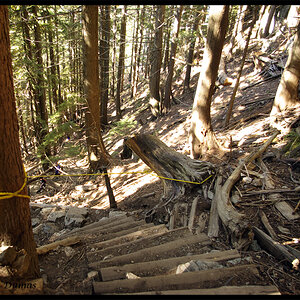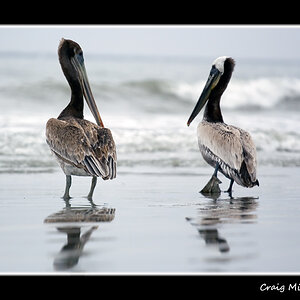gmccarthy
TPF Noob!
- Joined
- Apr 17, 2013
- Messages
- 3
- Reaction score
- 0
- Location
- United Kingdom
- Can others edit my Photos
- Photos OK to edit
I'm busy watching a online beginners photography course and in it they say a 35mm is a standard lens. Anything wider than this is a wide angle lens. A solid wide angle lens would be a 24mm lens (For a 1.5x crop camera)
I have a Canon 18-55mm lens - so does this mean at 18mm its considered a wide angle lens? I wouldnt think so - what am i missing?
I have a Canon 18-55mm lens - so does this mean at 18mm its considered a wide angle lens? I wouldnt think so - what am i missing?


![[No title]](/data/xfmg/thumbnail/34/34698-b2d730db25fc800b9d7d5baf3d251239.jpg?1619736607)
![[No title]](/data/xfmg/thumbnail/36/36643-92fe0dd9e247722bfefe299cd8a549f5.jpg?1619737670)
![[No title]](/data/xfmg/thumbnail/34/34146-9d096c80a1d288ea11e1f171a226bc3c.jpg?1619736319)


![[No title]](/data/xfmg/thumbnail/36/36644-d48bde7a35945a119c05c18e8c748c27.jpg?1619737671)
![[No title]](/data/xfmg/thumbnail/30/30863-8c53522e4ed851e96cb7411e74b9fe59.jpg?1619734482)
![[No title]](/data/xfmg/thumbnail/30/30862-d177ccfc3a82369b1005863cfe5fd13d.jpg?1619734481)



![[No title]](/data/xfmg/thumbnail/30/30861-fee88082ba36d0c3b443492fe3f3f1cd.jpg?1619734481)